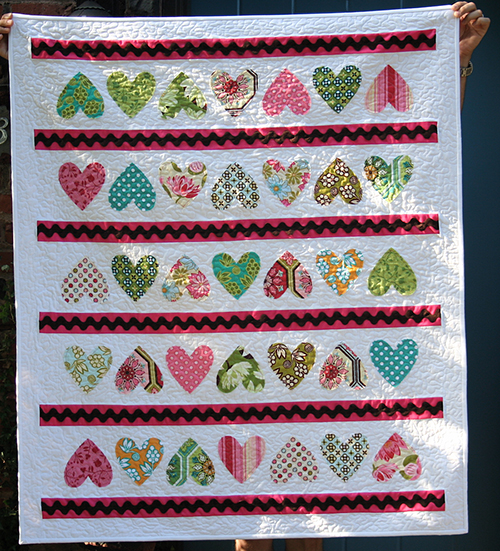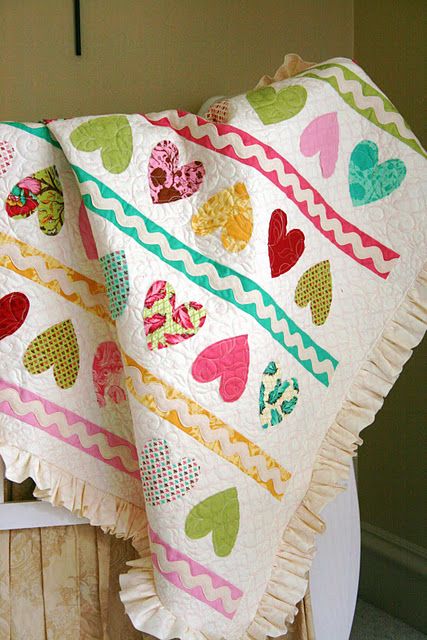Children grow up and the mess settles in, especially if they usually receive a lot of gifts and don’t quite know how to organize their belongings. And everyone who has children, whether they are small or not, knows that keeping the house in order is a challenge. See practical tips on how to organize toys in your home: So that you don’t go crazy when leaving everything in its proper place, even if the space is small, check out the tips that we separated in today’s post and after that you can still learn to make a beautiful Candy Hearts Quilt. 1 Practice detachment. This rule applies to everything and everyone when it comes to organizing a home. Make a selection of what can be donated, remove lost, broken pieces, throw away what can be discarded.
If your child already has the maturity to understand the process, include the children in this cleaning step, because in addition to teaching them how to organize their space, you also show the importance of sharing what you have with the less fortunate. If he is not yet mature enough or suffers a lot to release the toys, then it is better to face the task alone for now and wait until your little one grows a little more. 2 Separate items and toys into categories.
Try to separate the toys by category, for example, all the strollers are in one place, the stuffed animals must also be together, the dolls go to another corner and so on, doing this will be of great help. You can separate items by size, color, type, whichever way is easier for you and your kids to find what they need and organize again.

3 Use shelves and boxes to organize toys. One of the best ways to organize children’s toys is to use plastic organizer boxes with or without a lid. Small items such as Lego pieces or building blocks can be kept in boxes with a lid so that the pieces are not easily lost around, in the end, we all know what the pain is of walking around and stepping on one of these pieces. Larger items such as dolls and strollers can be stored in larger boxes without a lid for easy handling or on shelves. These boxes leave everything in place, they are easy to clean and handle for children. 4 Install niches and baskets. The niches installed on the wall are good options for organizing dolls, stuffed animals or decorative items. And you can use baskets like hollow ones to place larger items.
The positive point is that children can easily see what is inside them and find the objects they are looking for. An interesting idea is to use wire-type garbage bins and fix them to the wall so that the child can organize his belongings on his own. In addition to leaving everything in its proper place, the room is cute, organized and spacious. 5 Horizontal shelf for organizing toys. Horizontal shelves are great for keeping books and even toys organized. As they are thin, the covers are on display and it is easier for the child to identify the publication, if they still cannot read. Attention when fixing them on the wall, it is important that they are at the child’s height so that the access is smooth.
6 Labels for organizing toys. Use and abuse labels on boxes, niches and pots. This way it is easier to identify where each thing should be kept after the children play and also help them to find everything later. For children who already know how to read, it is another way of teaching the importance of organizing their objects. For children who are in the literacy phase, the labels become another incentive for reading. If the children are young and cannot read, take a photo or draw a picture of the contents of the box. 7 Toys under the bed. Currently the rooms are getting smaller and the interior spaces need to be well used. If the children’s bed has a free space at the bottom, organize the toy boxes, especially those that are little used as costumes and large games, under the child’s bed. When composing the room, try to buy a bed with a chest or with drawers that can be used precisely to organize and store these items.
Are you enjoying it? Also check out these Free Patterns:

